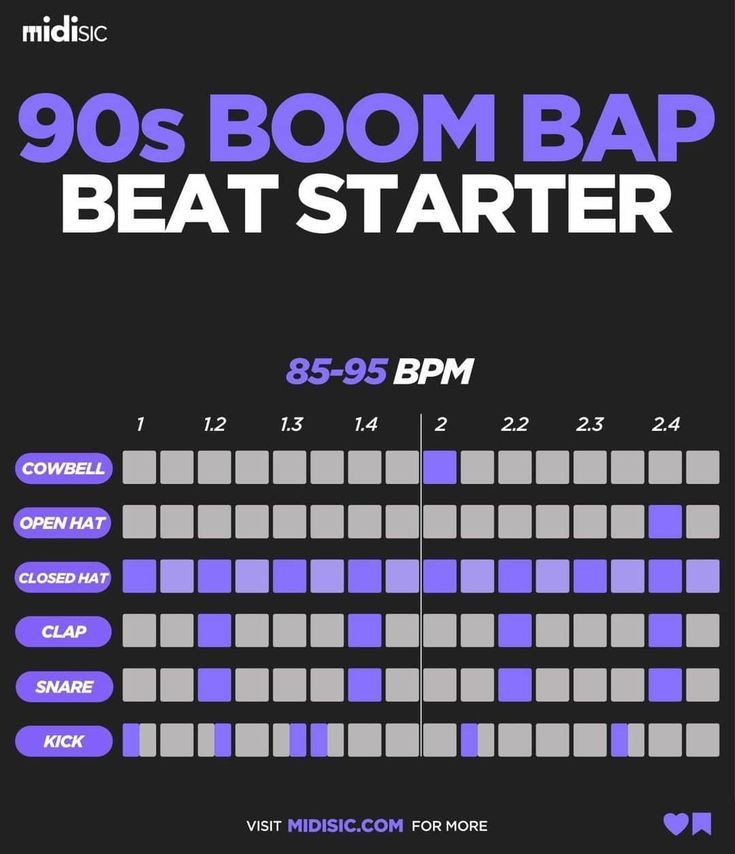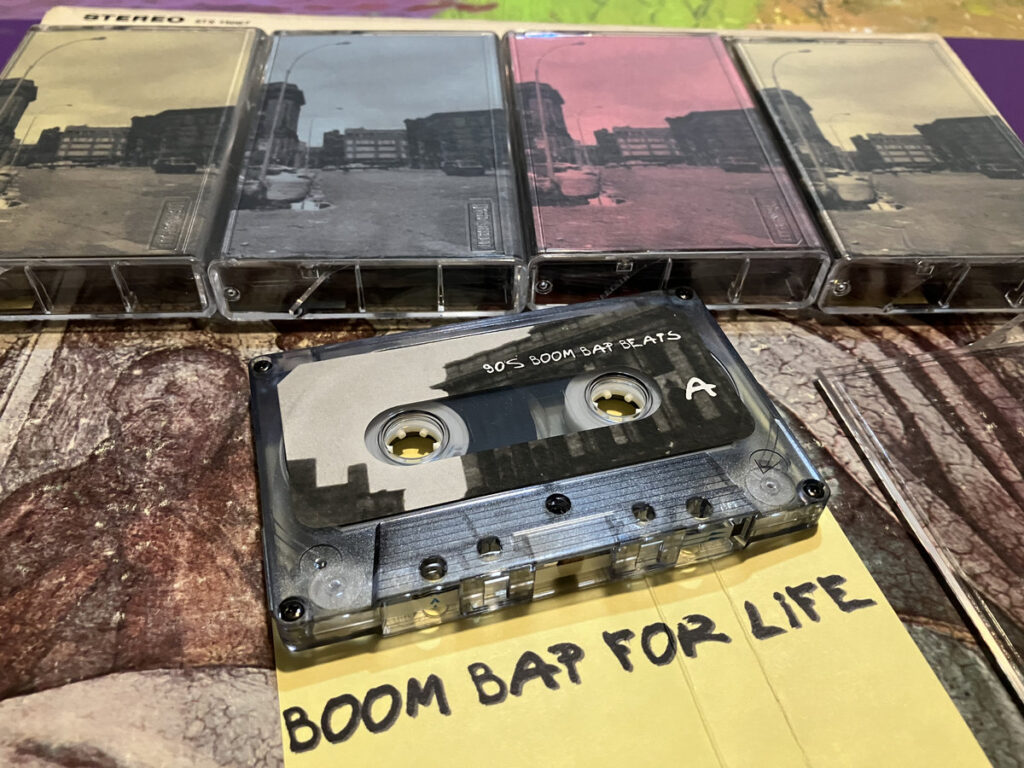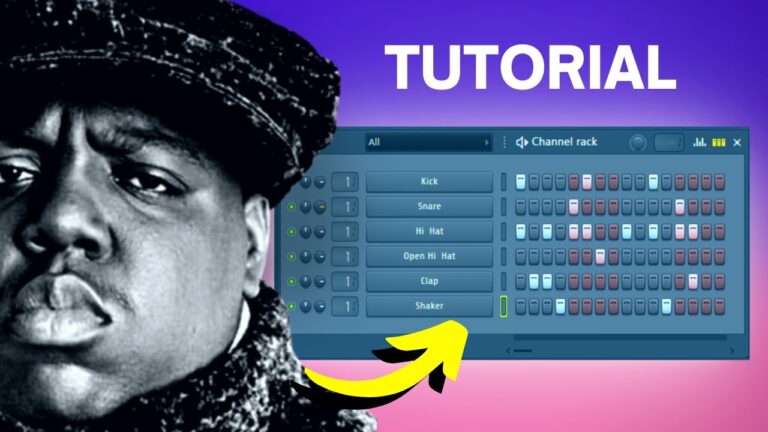As a producer who’s spent years honing my craft, I’ve developed a deep appreciation for the classic boom bap sound. In this guide, I’ll walk you through the process of creating authentic boom bap beats, sharing tips on sound selection, arrangement tricks, drum patterns, and useful effects to get that classic sound.
Understanding the Boom Bap Aesthetic
Before we dive in, it’s important to understand what gives boom bap its distinctive sound. It’s characterized by:
- Punchy, hard-hitting drums
- Layered, often sample-based melodies
- A raw, unpolished aesthetic
- Typically slower tempos (85-95 BPM)
Let’s break down the process step-by-step.

Step 1: Laying the Foundation with Melodic Elements
Creating “Sampled” Sounds
Even if you’re not using actual samples, you can create sounds that have that classic “sampled” feel:
- Start with a basic instrument (e.g., piano, keys)
- Record or create a simple chord progression
- Export the sound and redesign it using these techniques:
- Use formant shifting to recolor the sound (darker or brighter)
- Cut off the beginning of the sound to focus on the resonant tail
- Normalize the sound and play with the length
- Add distortion (e.g., using a plugin like Decimort)
Pro Tip: To save time, you can use pre-designed “ear candy” sounds that already have this aesthetic.
Layering Melodic Elements
- Start with a main melodic element (e.g., keys or piano)
- Add a bass line to provide low-end support
- Layer in additional melodic elements like mallets or bells
Step 2: Programming “Sampled” Patterns
To make your melodic patterns sound like they came from samples:
- Play notes off-grid to varying degrees
- Adjust note velocities for a more humanized feel
- Create abrupt endings in patterns:
- Use volume automation to create sudden stops
- This simulates chopped sample phrases
Step 3: Crafting the Perfect Drum Pattern
The drums are the heart of boom bap. Here’s how to get that signature sound:
- Hi-hats: Use crispy, open hi-hats. Create a repetitive, quantized pattern.
- Snare: Choose a punchy snare. Layer with percussion for extra character.
- Kick: Program a looser, off-grid pattern for contrast with the tight hi-hats.
Pro Tip: Use a transient processor on hi-hats, increasing the release to accentuate any static tail for that classic feel.

Step 4: Adding Classic Boom Bap Elements
Saxophone Riffs
No classic boom bap beat is complete without some saxophone. To get that authentic sound:
- Use dry saxophone recordings
- Apply effects:
- Simple delay
- EQ to constrain frequencies (try a “radio” preset)
- This thin, unnatural sound is actually the desired aesthetic
Step 5: Arrangement Techniques
The beauty of creating boom bap beats with individual elements (rather than one big sample) is the flexibility in arrangement. Here are some tips:
- Start with a basic intro
- Create drops by removing elements
- Use simple arrangement ideas (avoid modern techniques like half-time or precise automation)
- Create B-sections by swapping or removing patterns
- Reintroduce full patterns for hooks or choruses
Remember, the goal is to maintain that raw, 90s aesthetic. Simple arrangement changes often work best.
Step 6: Mixing and Effects
To get that classic boom bap sound in your mix:
- Use light reverb on snares
- Apply tape machine effects to drum buses for a grittier sound
- Don’t over-polish your mix – some roughness is part of the aesthetic
Conclusion: How to Make Classic Boom Bap Beats
Creating classic boom bap beats is all about capturing a specific aesthetic. It’s about creating the illusion of sampled elements, even if you’re creating everything from scratch. The key is in the details – off-grid programming, abrupt pattern changes, and a raw, unpolished sound.
Remember, these are guidelines based on the classic boom bap sound, but don’t be afraid to experiment and add your own modern twist to the formula. The best producers always push boundaries while respecting the foundations laid by the pioneers of the genre.
What’s your favorite classic boom bap track?
Share in the comments below!


